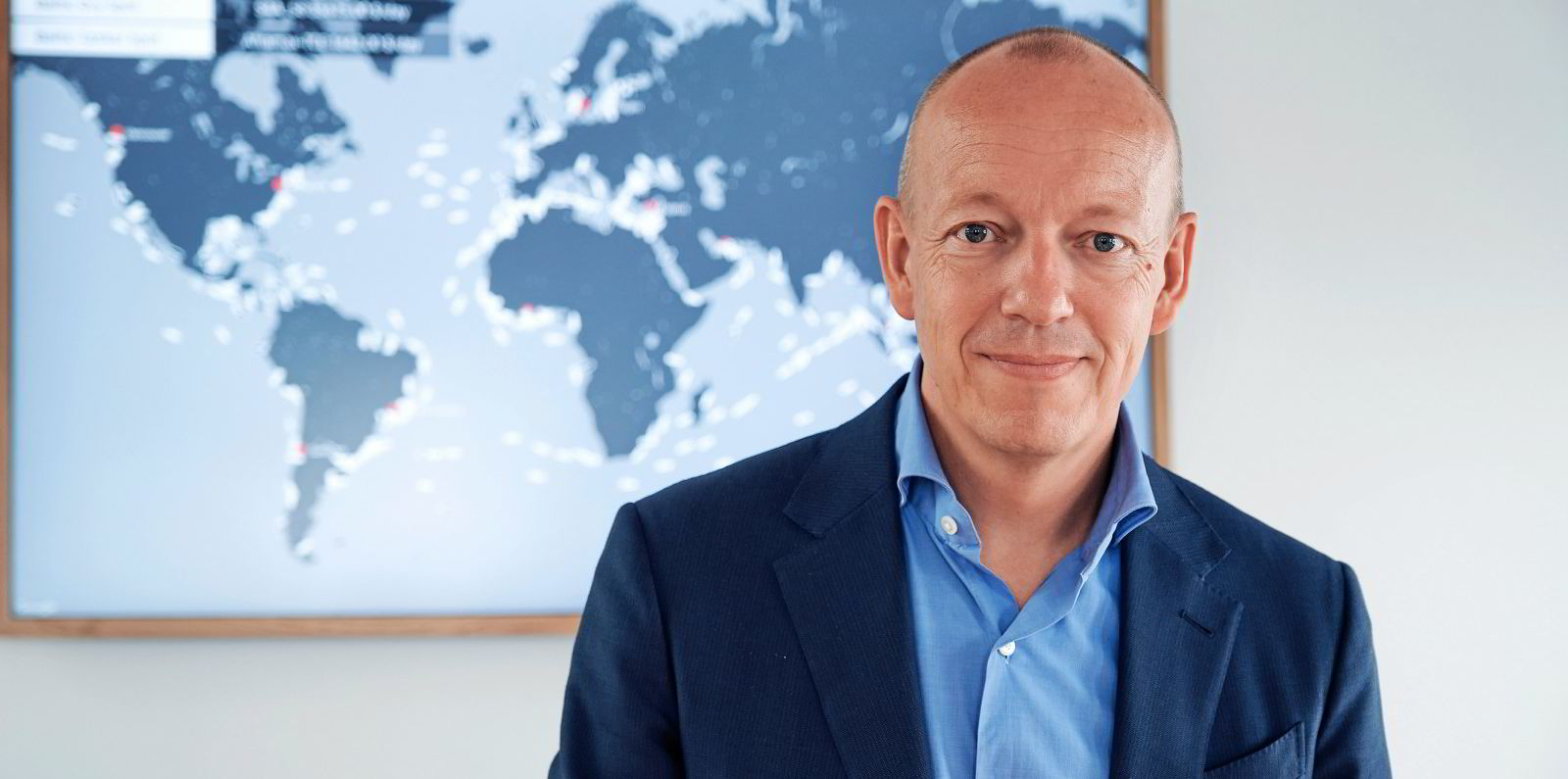Norden unveiled an order for six bulkers in China on Thursday, expressing confidence that they will rise in value by delivery time.
“Placing this newbuilding order is an integrated part of our asset trading strategy,” the Danish owner and operator’s head of asset management, Henrik Lykkegaard Madsen, said.
“We can add dry cargo capacity with future delivery, which we think will be interesting both from a freight and asset value perspective.”
The order was placed with Dalian Cosco KHI Ship Engineering (Dacks), the joint venture between Cosco Shipping and Kawasaki Heavy Industries. It will deliver the 64,000-dwt ships in the next two to three years, Norden said, without disclosing their price.
“The vessel types are among the most fuel-efficient ship designs in the market, which can use both traditional marine oil and biofuel,” Lykkegaard Madsen said, adding that Norden considers biofuel “a key transition fuel” on the road to greener shipping.
The ships will be part of Norden’s portfolio of owned and leased dry cargo ships managed by the Assets & Logistics business unit, which has carried out more than 135 asset trades so far, “making use of short-term market opportunities for asset trading” as part of the continuous rejigging of Norden’s bulker and product tanker fleets, the company said.
The Dacks order represents the most visible sign of Norden’s latest pivot back towards bulkers.
After a series of sales to cash in on high bulker values by early 2022, the company was left with just six owned dry cargo vessels.
However, it has been “gradually” adding exposure to this market since, which will become effective from 2024 onwards.
In late March, the company announced the acquisition of four capesizes in two transactions.
It followed up with the establishment of a capesize desk, kick-starting its ambitions to be an operator in the largest segment of bulk carriers.
In May, Norden expanded in the breakbulk and general cargo sector as well through the acquisition of Thorco Projects — a company operating a chartered-in fleet of 30 to 40 multipurpose and handysize vessels.





